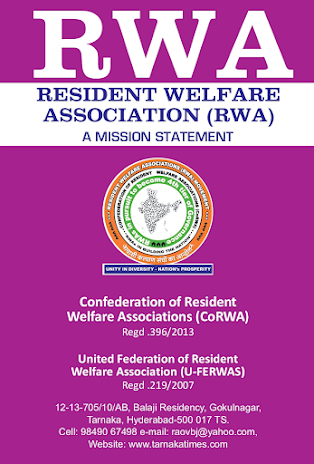Water Usage Efficiency Bureau apart from the emphasis on Hydrological boundaries for better water management and distribution to be the focus of the new National Water Policy
With a focus on establishing “hydrological rather than geographical boundaries”, as stated earlier by the Jal Shakti Resources Minister Gajendra Singh Shekhawat, as the basis for water governance in the country, the Union Water Resources Ministry has finalised a committee to draft a new National Water Policy (NWP).
It will be chaired by water expert and former Planning Commission Member Mihir Shah with a total of 10 principal members to assist him, reported The Hindu earlier this week.
The committee is expected to produce a report within six months examining a comprehensive revamp of the 2012 Policy including looking at a proposal for setting up a National Bureau of Water Use Efficiency.
The NWP currently in force is the third such policy since 1987 with the last such revision being in 2002.
Three versions of the NWP have remained nothing but a feelgood exercise with their tardy implementation thanks to differing approaches of states that have formulated their own respective policies.
Among the major policy innovations in the 2012 policy was the concept of an Integrated Water Resources Management approach that took the “river basin/ sub-basin” as a unit for planning, development and management of water resources.
It also proposed that a portion of river flows ought to be kept aside to meet ecological needs. Such an approach led to the government, in 2018, requiring minimum water levels to be maintained in the Ganga all through the year and hydropower projects, therefore, to refrain from hoarding water beyond a point. That policy also stressed for a minimum quantity of potable water for essential health and hygiene to all its citizens to be made available within easy reach of households.
“Inter-basin transfers are not merely for increasing production but also for meeting basic human need and achieving equity and social justice. Inter-basin transfers of water should be considered on the basis of merits of each case after evaluating the environmental, economic and social impacts of such transfers,” the policy noted.
The following are the salient features of the 2012 Policy
- Emphasis on the need for a national water framework law, comprehensive legislation for optimum development of inter-State rivers and river valleys, amendment of Irrigation Acts, Indian Easements Act, 1882, etc.
- Water, after meeting the pre-emptive needs for safe drinking water and sanitation, achieving food security, supporting poor people dependent on agriculture for their livelihood and high priority allocation for minimum eco-system needs, be treated as economic good so as to promote its conservation and efficient use.
- Ecological needs of the river should be determined recognizing that river flows are characterized by low or no flows, small floods (freshets), large floods and flow variability and should accommodate development needs. A portion of river flows should be kept aside to meet ecological needs ensuring that the proportional low and high flow releases correspond in time closely to the natural flow regime.
- Adaptation strategies in view of climate change for designing and management of water resources structures and review of acceptability criteria has been emphasized.
- A system to evolve benchmarks for water uses for different purposes, i.e., water footprints, and water auditing be developed to ensure efficient use of water. Project financing has been suggested as a tool to incentivize efficient & economic use of water.
- Setting up of Water Regulatory Authority has been recommended. Incentivization of recycle and re-use has been recommended.
- Water Users Associations should be given statutory powers to collect and retain a portion of water charges, manage the volumetric quantum of water allotted to them and maintain the distribution system in their jurisdiction.
- Removal of large disparity in stipulations for water supply in urban areas and in rural areas has been recommended.
- Water resources projects and services should be managed with community participation. Wherever the State Governments or local governing bodies so decide, the private sector can be encouraged to become a service provider in public private partnership model to meet agreed terms of service delivery, including penalties for failure.
- Adequate grants to the States to update technology, design practices, planning and management practices, preparation of annual water balances and accounts for the site and basin, preparation of hydrologic balances for water systems, and benchmarking and performance evaluation.
While the 2012 Water Policy was seen as a considerable improvement from the earlier policies, experts were of the opinion that it is wanting in several aspects considering current needs particularly in the light of adverse impact of climate change and need for larger consensus among states on a uniform approach to water usage and policy across the country.
Providing incentives for crops using less water and participatory groundwater management is one of the major aspects that experts suggest for the new policy to focus upon.
One view is that three versions of the NWP have remained nothing but a feelgood exercise with their implementation leaving much to be desired for with states formulating their own respective policies and not seeing eye-to-eye with the Centre.
Water usage and its distribution is a highly political exercise with a high degree of sensitivity attached to regional needs and perceived entitlements.
Perhaps given the need and urgency to have a practical approach to water and its distribution across the country accentuated by its dwindling supplies, perhaps the 4thNWP will find solutions to many of the impending water wars in India.








0 Comments